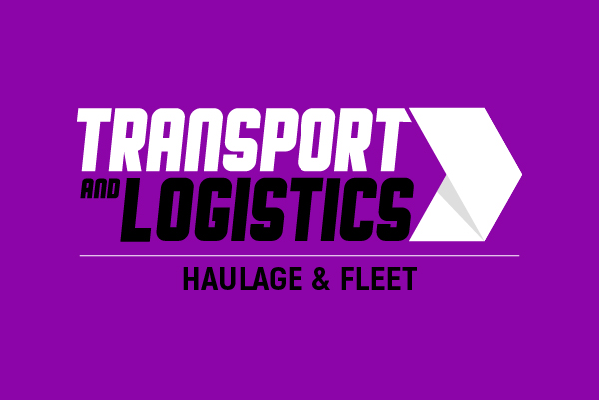Eighteen per cent of business drivers have admitted that they do not stop for a break when driving for extended periods of time, according to research conducted for Brake’s Road Safety Week by Masternaut, a leading provider of fleet telematics.
This is despite the UK Highway Code recommending that drivers take a 15-minute break every two hours. UK and EU regulations on daily driving limits and breaks at home and abroad vary depending on vehicle type.
Masternaut surveyed 2,000 UK employees who drive as part of their job, to highlight potential risks for drivers travelling over long distances. Employers have a duty of care to their staff to monitor their mobile workers’ working time to make sure they don’t go over the limit and take adequate breaks.
Health and Safety Executive Guidelines state that “health and safety law applies to work activities on the road in the same way as it does to all work activities and employers need to manage the risks to drivers as part of health and safety arrangements”. Employers are required to assess the risks involved in employees use of the road when working and put in place measures to manage risk.
Some business drivers admitted to taking extreme measures to stay alert when driving, with a quarter of those surveyed admitting to singing out loud to the radio to combat tiredness on long journeys. 7% said that they would slap themselves in order to stay alert, whilst 2% would do maths out loud to keep refreshed. Almost a third (31%) would just listen to loud music.
More conventional methods of keeping alert whilst driving included winding down the window (50%), drinking strong coffee or tea (49%) and turning the temperature down (30%).
Steve Towe, Chief Commercial Officer and UK Managing Director, commented, “It’s vitally important that drivers are alert at all times and get home safely and employers play a role from a duty of care perspective to ensure that this happens. However, the issue many fleet managers and HR departments find themselves facing is how to effectively monitor their mobile workforce, in some cases across multiple territories with different legislative requirements.”
He continues, “Telematics can provide the answer, giving the means and the tools to make sure that drivers are taking the necessary precautions to ensure they aren’t being a danger to themselves or other road users. In real world scenarios, telematics has helped to reduce collisions and improve driver safety. For example, Masternaut’s telematics helped to cut G4S’s accident rate by 20% in a single year, with the data powering its driver training policy. Telematics can become a real peace of mind tool for fleet managers and HR departments, reducing collisions, improving driver behaviour and driver safety.”
Masternaut Connect is a next-generation telematics system from Masternaut, providing 100% accurate data and vehicle tracking through patented technology. Data is sent wirelessly over the air and information is provided in real-time, meaning fleet managers have a complete view of the fleet at any given time.
This allows fleet managers and the HR department to accurately monitor their staff across multiple countries in real time, ensuring they are complying with rules concerning driver hours and break periods. Masternaut Connect also provides the data for in-depth driver training programmes, improving driver safety, and reducing collisions.














